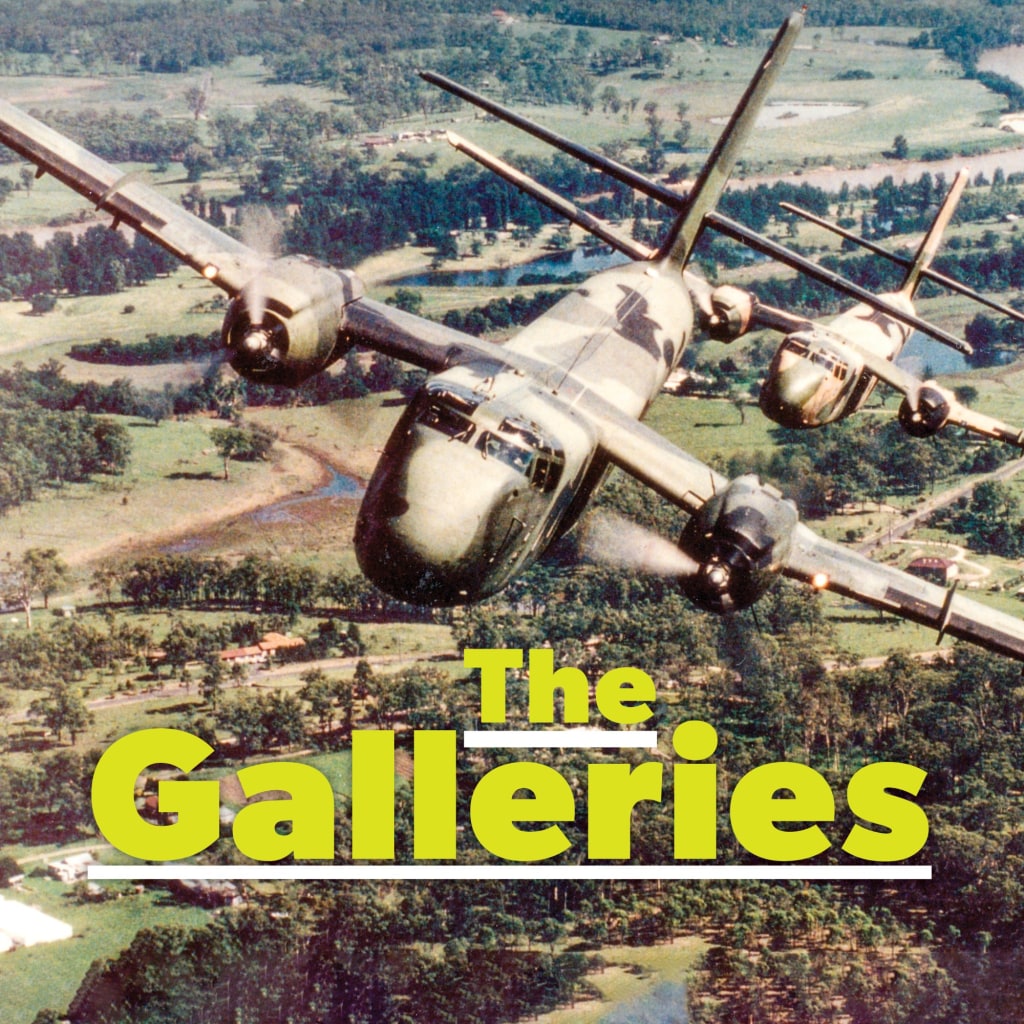
Tiger’s 180-seat A320s will be joined by 144-seat A319s later this year. (Tim D’Ath)
Tiger to spread its wings
Tiger Airways CEO Tony Davis has upped the ante in the domestic airline scene by announcing the acquisition of smaller Airbus A319s in a bid to target regional centres, and flagged the possibility of entering the Tasman in the future.
Davis told the National Aviation Press Club on March 6 that Tiger would acquire at least two A319s by the end of 2008 to operate into smaller airports and on thinner sectors.
“There are scores of destinations across Australia that are crying out for more competition, but are not suitable for 180-seat A320 operations,” he said. “To allow us to spread the benefits of low fares to an even wider group of consumers, we will be taking delivery of two new A319 aircraft towards the end of this year and they will be configured with 144-seats. ” Davis identified Tamworth as an example of the kind of port that could benefit from the introduction of smaller, low cost jet services.
“Destinations like Tamworth have seen the cost of airfares increase dramatically in recent years and their citizens are desperate for the low cost revolution to arrive,” he said. “The cheapest available one-way ticket to Tamworth from Melbourne for travel tomorrow currently costs $356 with Qantas – with a compulsory stop-off in Sydney. ” Davis said the selection of the A319 would bring “significant cost advantages associated with operating variants of the Airbus A320,” adding that “the airframe and engines are essentially identical between the A320 and A319 – this will result in significant savings and therefore lower costs. ” The forthright CEO added that, with the 50 A320s the airline currently has on order for delivery through to 2013, he is able to convert these orders to A319s if required.
“There are about 20 airfields in Australia that can take an A319 but not an A320,” he said, adding that there were many more that could become A319 capable “with a little bit of work. ” Although more expensive per seat to operate, the 144‑seat A319 would certainly be formidable if positioned against Virgin Blue’s 108-seat E-190s, the first of which arrived in late March and entered service on April 3, as well as on some of the thinner routes against 737s and Jetstar A320s.
Interestingly, Davis discounted the possibility of Tiger developing a long haul, low cost product like that started by Jetstar in recent years. “There will be no widebody, long haul on my watch,” he said, adding that a single type fleet such as that offered by the A320 Family gives Tiger “considerable cost advantages” over competing airline fleets.
Rather, Tiger will continue to roll out a new regional “Tiger Cub” every 18 months or so and will focus on becoming a pan-regional carrier.
Tiger recently announced the establishment of Tiger Incheon in South Korea, and Davis confirmed the airline is still in contact with regulators in the Philippines regarding joint venture opportunities there.
He also said that, despite recent reports that Tiger staff are being actively targeted by other Australian carriers such as Jetstar, he has had no trouble in attracting pilots to the airline, something other airlines such as Rex and QantasLink are having well-publicised issues with. Pilots “are attracted by our point-to-point operations,” he said. “They can sleep in their own beds at night, and have a healthy balance between work and their home life. ” But Davis is under no illusion about the potential impact of the skills shortage in Australia on future recruiting strategies, so Tiger will commence its own pilot training scheme later this year, and look to establish its second base as soon as possible.
“We’re in negotiations with a number of airports with more in mind. We’re planning for as many as five bases around the country. ” Davis said he expected to make an announcement on the airline’s second base “within the next three months. ” Davis was also hedging his bets on whether Tiger would operate to Sydney in the future, lowering his previous rhetoric on the issue. “Sydney doesn’t fit our model at present,” he said. “It has no dedicated low cost carrier terminal.
That said, I’m not saying we will never fly to Sydney. ” Either way, Davis said he was actively negotiating with several airports with a view to establishing a second Australian base this year, and establishing as many as five bases by 2013 by which time it hopes to have as many as 50 A319s/A320s in the fleet.
On the Tasman, Davis was naturally cagey, but when pressed, admitted that it was “on the radar. ” The Tasman is already well serviced in some areas by Qantas, Air New Zealand, Pacific Blue, Jetstar and Emirates. But if Tiger successfully applies its low cost model there, particularly on unserved city-pairs, the cat would certainly be put among the pigeons.












